Formed in Cam Kim ward, the cooperative is the result of the support from the Project "Developing sustainable community livelihood models combined with ecotourism ", sponsored by the Global Environment Facility (GEF-SGP) and implemented by the Hoi An Women's Union...
Not only creating livelihoods for local people, the model also contributes to preserving biodiversity in the Cu Lao Cham World Biosphere Reserve, opening up a new and hopeful direction for community tourism in Vietnam.
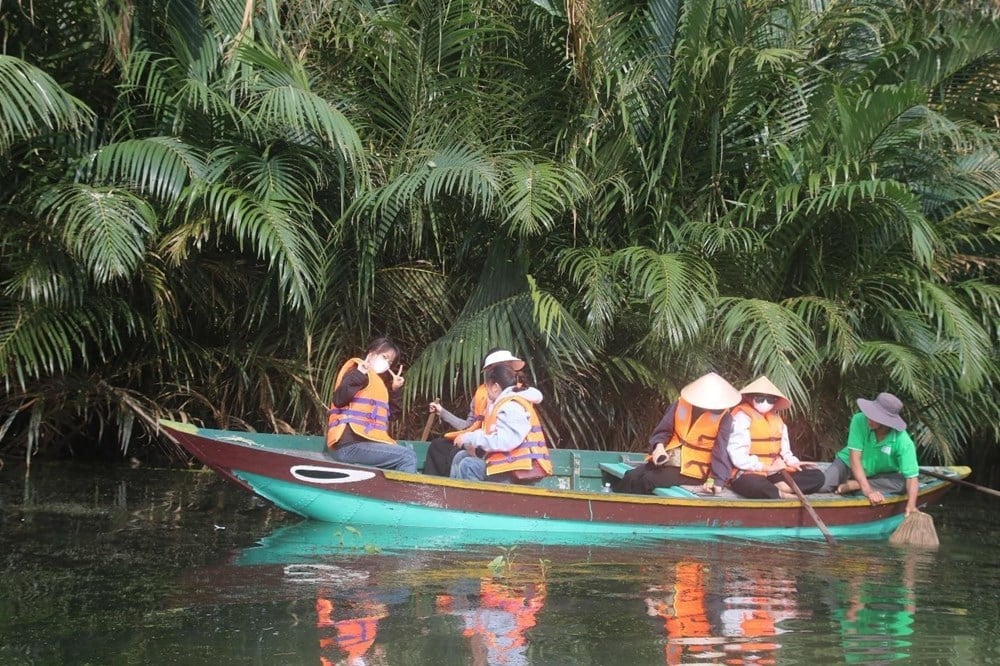
From a century-old carpentry village to a green tourism model
As a unique destination located in the buffer zone of the Cu Lao Cham - Hoi An World Biosphere Reserve, the Kim Bong community both preserves and continues the traditional cultural flow from the time of opening up the land to the prosperous period of the ancient trading port of Hoi An. Here, Kim Bong carpentry village, one of the famous craft villages in the Central region, still preserves the cultural space imbued with the identity of the Quang region.
The community tourism model in Kim Bong is designed based on five typical occupational groups, the pillars that create the cultural identity and economic foundation of the locality, including: Fishery group; Traditional handicraft group; Ecological and organic agriculture; Traditional culinary group and the system of cultural and historical relics and landscape values. This is not only a division of occupations, but also a strategy to preserve and promote sustainable values in tourism development.
Kim Bong Cooperative currently has many community groups actively participating in this model: 44 households participating in the river boating tourism group; 5 members organizing traditional cuisine; 7 households developing community homestays and groups of households participating in the organic waste treatment model, aiming for a green, clean, beautiful and environmentally friendly village.
A highlight of the ecological conservation journey is the story of river conservation in Cam Kim, an important branch of the Thu Bon River, extending to Cam Thanh and the biodiverse mangrove forest area. This is a living space rich in aquatic products, and at the same time has great ecological significance for the entire Cu Lao Cham Marine Protected Area system. The model contributes to the development of community-based learning tourism and provides important practical data for the conservation planning work of the lower Thu Bon River.
Taking advantage of the traditional carpentry profession associated with the ancient urban heritage, Kim Bong develops craft village tourism as a form of living preservation. Visitors not only hear about the history of carpentry, but also experience directly: wood carving with artisans, learn about the manual process and create their own products. Stories about gondolas and shipbuilding, once associated with the commercial port of Hoi An, are now vividly recreated as a part of the living memory in the hearts of visitors.
In addition, traditional crafts such as basket weaving, sedge mat weaving, incense making, sticky corn cooking, lantern making, etc. are all exploited as destinations bearing the imprint of indigenous culture. Each production facility is a “living museum” and the craftsman is the “tour guide” who brings visitors valuable professional knowledge.
In the agricultural sector, Kim Bong Cooperative has strongly developed organic and ecological agricultural models thanks to the support from sustainable development projects. Typical examples are Kim Ha organic vegetable garden with 5 participating households; Mr. Dang's organic rice field with 16 households; diverse ecological garden system... This is the foundation for forming a learning space, sharing farming techniques and developing experiential tourism models associated with clean agriculture.
Traditional cuisine is also preserved and promoted through community tourism activities, with specialties such as Quang noodles, rice paper, banh beo, banh cuon, etc. Visitors can both enjoy and directly experience the preparation process, thereby further appreciating and connecting more deeply with local culture.
Community school in the heart of heritage
The most important thing in developing community learning tours is to design a program that is suitable for the teaching content and local capacity. At Kim Bong, the community group's Executive Board has worked closely with subject teachers to develop a learning program for students.
This process ensures that the content is relevant to the major, and the lesson plans for each class are based on the practical strengths of the local community. Assignments are made scientifically, and each cultural - historical - professional story is carefully compiled to effectively convey to learners.
In terms of culture - relics - landscape, the curriculum is comprehensively connected with indigenous values: From the history of the formation of Kim Bong craft village associated with four founding clans, to Tu Toc well, a symbol of community life imbued with the Vietnamese countryside.
The story of Tien Hien communal house represents the spirit of “When drinking water, remember its source”, showing gratitude to ancestors, and has been developed into a spiritual and cultural learning content. The genealogy system and stories of families through many generations are not only valuable documents but also vivid lessons about Vietnamese family traditions for the younger generation.
The ancient houses in Cam Kim, which preserve the imprints of Kim Bong carpenters, are also included in the program as a “living museum”. Each roof and each carving is a testament to the intersection between the architectural art of the craft village and the ancient town of Hoi An. Through the form of educational tourism, these values are recreated and strongly spread, becoming a unique cultural tourism product of the locality.
Based on the pillars of culture - ecology - education, the Cooperative has established service groups such as: Community homestay model, culinary group, tour guide group at the site. In particular, 10 individuals have been trained and granted tour guide cards at the site certified by the General Department of Tourism, each person is an expert in explaining the profession, culture, and local history.
After two years of implementing the model, Kim Bong Cooperative has welcomed more than 4,000 visitors, including students, research groups, families, and learning communities from many localities inside and outside the province. The connection network has been expanded with domestic and international universities such as Ritsumeikan, Kyoto University of Foreign Studies (Japan), universities in the US, Germany, Australia, Korea, Hong Kong, Singapore, Thailand, etc.
The community is now capable of hosting and receiving groups of 50-100 guests per day, ready to become a regional and international study and research destination.
Source: https://baovanhoa.vn/du-lich/diem-hen-du-lich-hoc-tap-giua-dong-chay-di-san-149096.html












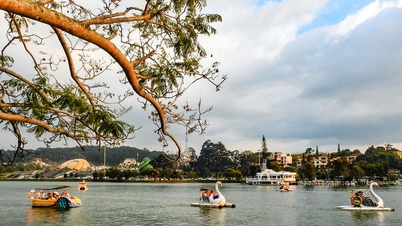

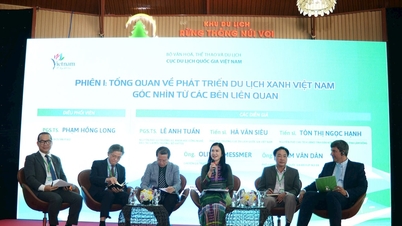
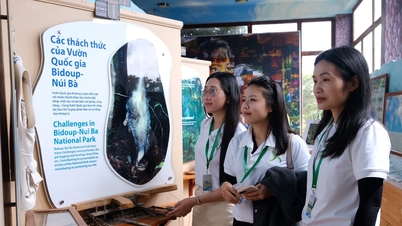
![[Photo] Cat Ba - Green island paradise](https://vphoto.vietnam.vn/thumb/402x226/vietnam/resource/IMAGE/2025/12/04/1764821844074_ndo_br_1-dcbthienduongxanh638-jpg.webp)

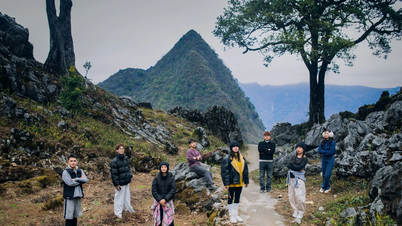



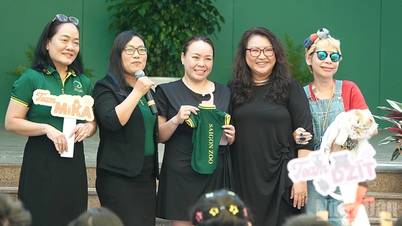
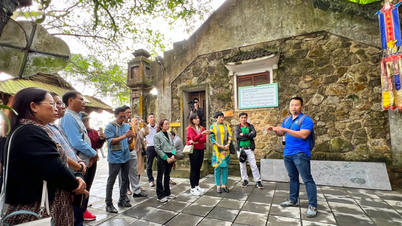
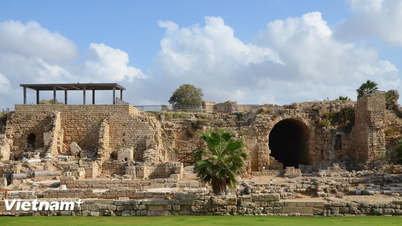







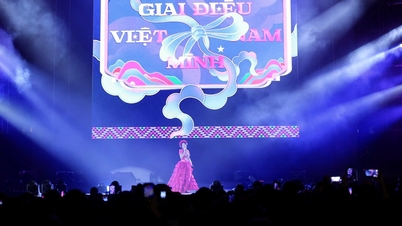

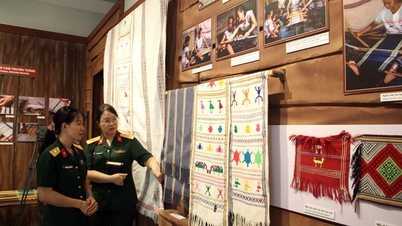

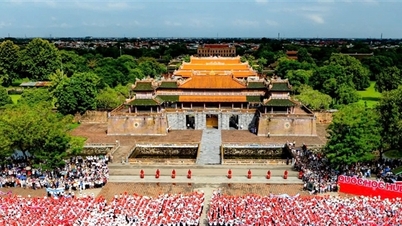

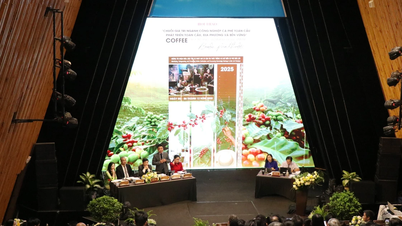
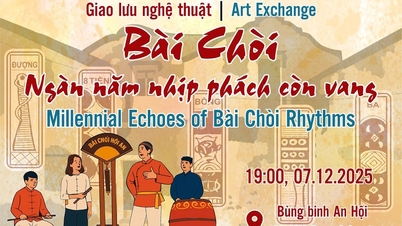
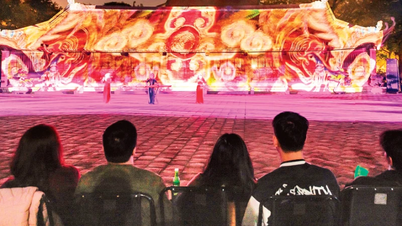
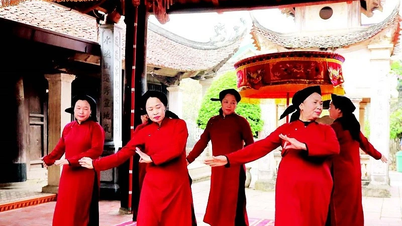
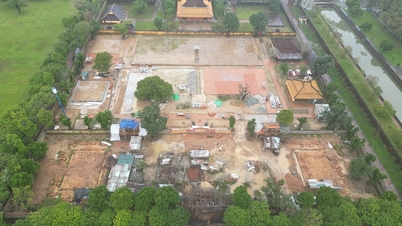

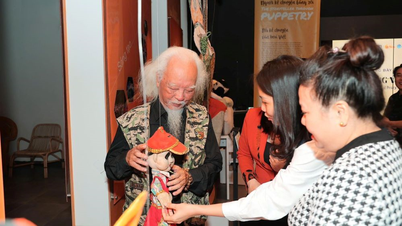

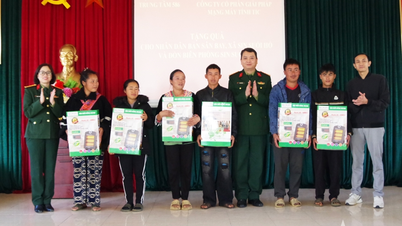




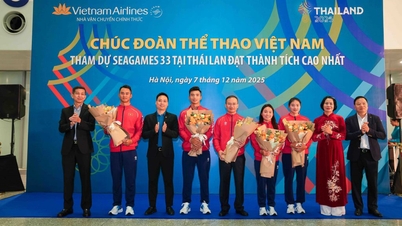


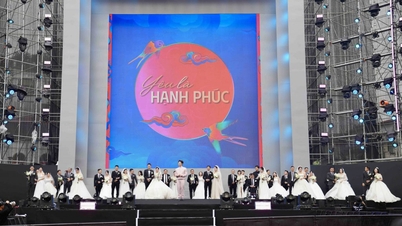


























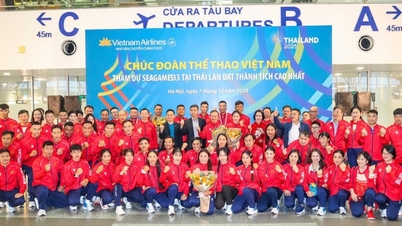









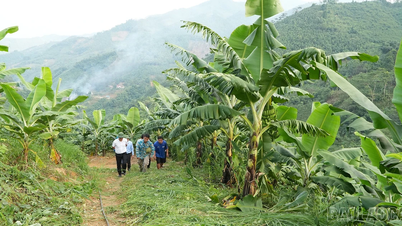


















Comment (0)